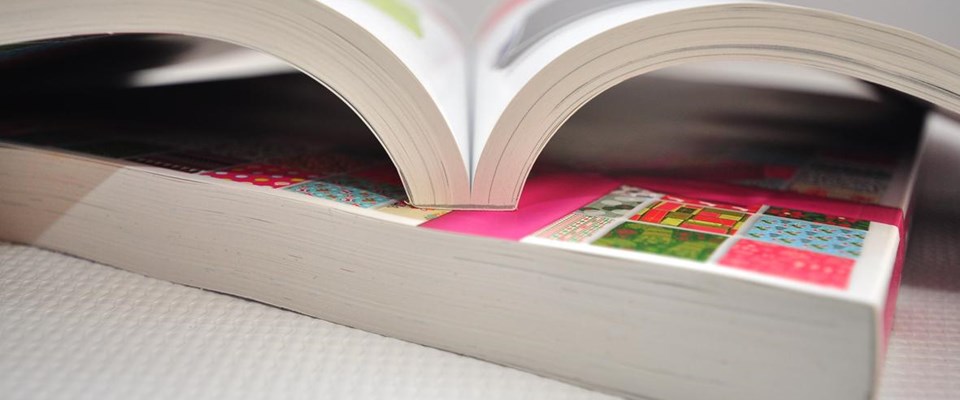PUR Binding VS Perfect Binding : What Should I Use?
Perfect Binding VS PUR Binding – Which is more suitable for my printing project?
There are many different types of binding techniques available for both long and short print quantities. Which one you choose depends on the size of your printing job, the amount of text pages and the material. We are able to help you choose which method would be best for your job and in this blog post we will be looking at both the Perfect Binding and PUR Binding techniques.
Perfect binding is done using Ethylene Vinyl Acetate (EVA) adhesives and this makes it the weaker of the two methods and unstable in extreme hot and cold conditions. Although it is weaker this does not mean it is useless - it’s ideal binding for magazines and thread-sewn books.
PUR binding is made from PolyUrethane Reactive adhesives – hence the name. This makes it more resistant to changing temperatures and is the most durable glue available offering huge design flexibility. When completing PUR binding only a small amount of glue is used which means you can achieve a square spine on even the thinnest of books. PUR binding is 2.5 times stronger than perfect binding so is better for jobs with more text pages or a thicker paper as it will be heavier.
As well as considering which type of binding is best for your project you should also consider what is best for your pocket. Perfect binding is cheaper so would be better if you are on a tighter budget. On the other hand, PUR binding is costly to set up, so we recommend it only be used for jobs over 36 text pages and at least 150 copies.
Still unsure what method would be better for your print project? Speak to a member of our team today on 01270 212100 or enquiries@theprintinghouseltd.co.uk or learn more about other types of binding here.

